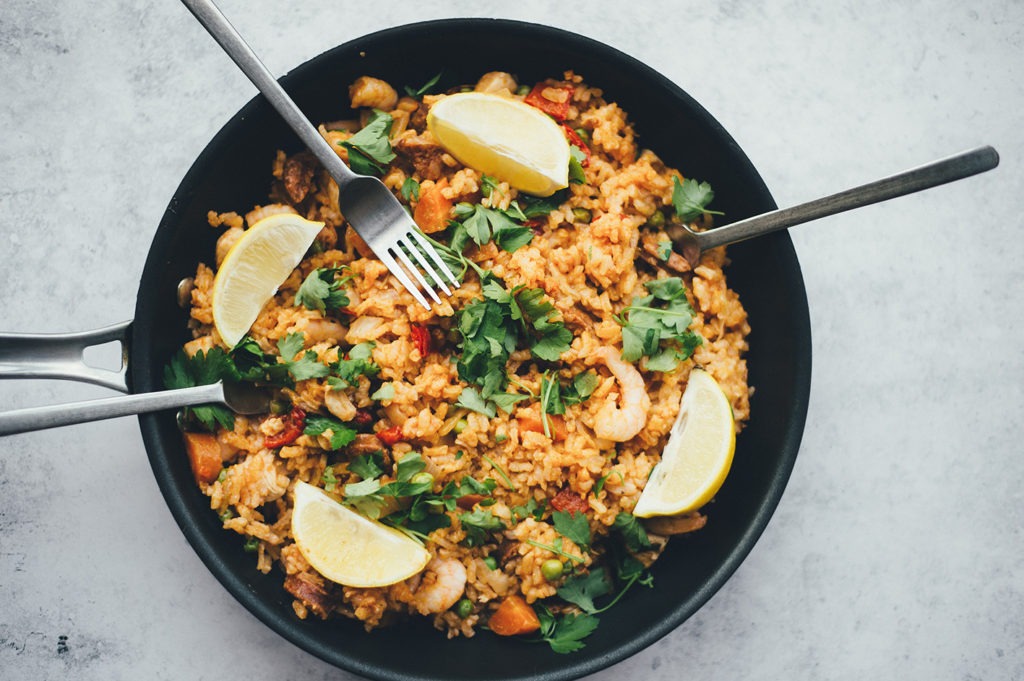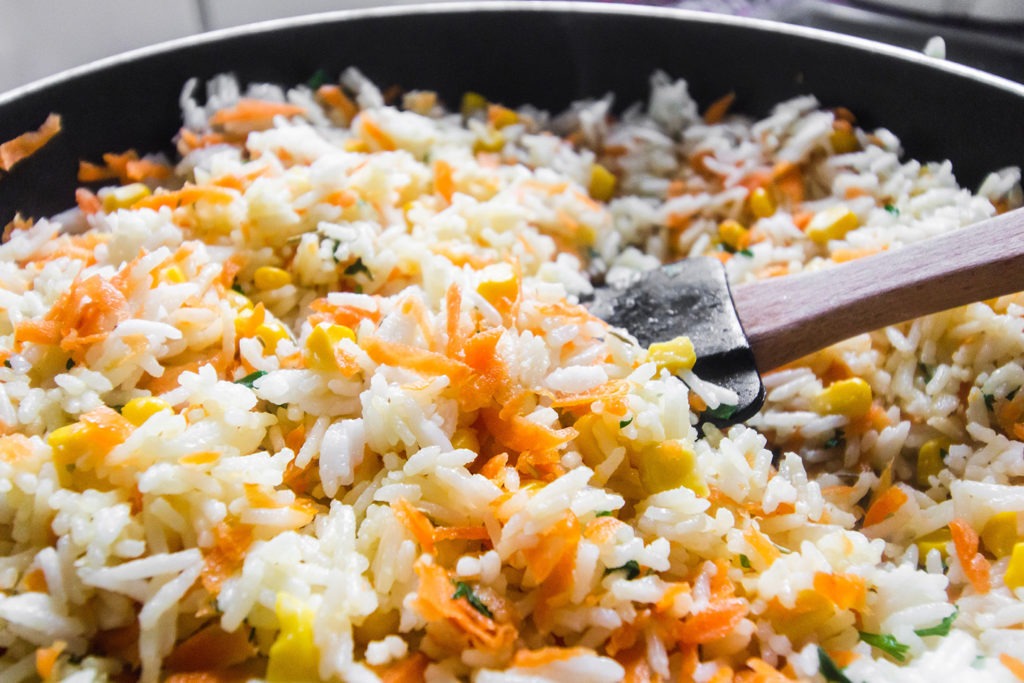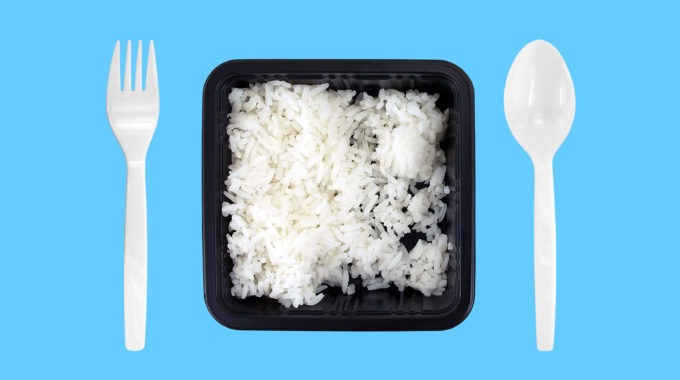Instant rice packs a plastic punch
People are consuming three to four milligrams of plastic for every 100 grams of rice they eat, with this number jumping to a scary 13 milligrams of plastic per serve for instant rice. This is according to new University of Queensland research.
Lead study author Dr Jake O’Brien from UQ’s Queensland Alliance for Environmental Health Sciences says this study is the first in the world to quantify levels of microplastics in rice.
“Rice is a staple food around the world,” he says. ‘So it’s important we understand the quantity of microplastics we could be consuming. Our study found we may be consuming three to four milligrams of plastic through a single serve, or 100 grams of rice.”
A significant result of the study was the levels of plastics found in pre-cooked or instant rice. This was four times higher than in uncooked rice, averaging 13 milligrams per serve.
“Importantly, we also found that washing rice before cooking can reduce plastics contamination by 20 to 40 percent,” O’Brien says.
The researchers tested for seven different plastic types. These ranged from the most common plastic – polyethylene – to plastics used in clothing and food production, laminates, technical engineering, polystyrene and acrylics as well as tube piping.

Key study findings:
1. Washing rice reduces plastics contamination by 20-40%
2. Plastics in instant rice were 4x higher than uncooked rice, averaging 13mg per serve
3. Australians consume an average of 3-4mg of plastic per serve of rice
4. Australians may be consuming up to 1g plastic per person via rice annually

An element of risk
Currently, there are many unknowns about how harmful consuming microplastics is to human health. However, it is known that exposure can cause an element of risk.
“We’re in the early stages of developing methods to measure plastic contamination of foods,” Dr O’Brien says. “At the moment, we’re limited to just a few plastic types. It’s really challenging to determine our exposure, as well as the sources of these chemicals.
“We hope this study encourages further research on where plastic contamination of rice is occurring. In doing so, we can reduce contamination and increase community awareness of where plastic exposure happens on a daily basis.”









